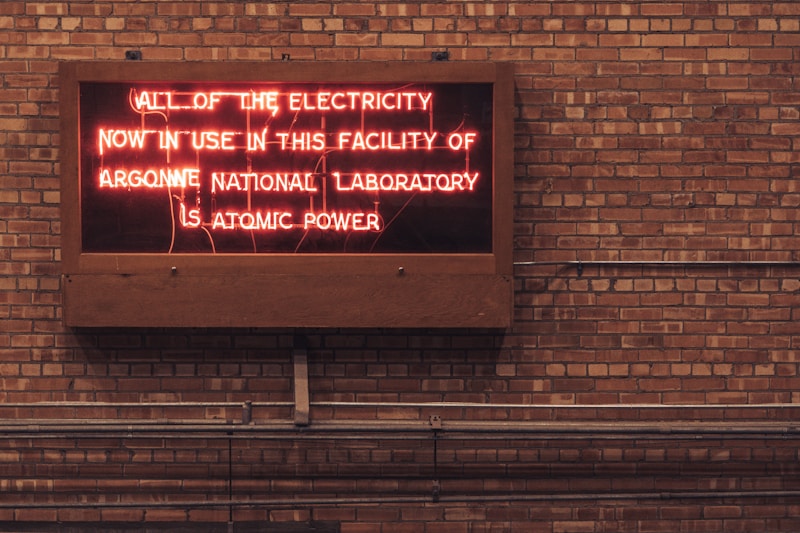Questions and Answers
What is the fundamental property of matter that comes in two forms?
Electric charge
What is the unit of electric current?
Ampere (A)
What type of electric current has a direction that periodically reverses?
Alternating current (AC)
What is the force that drives electric current between two points?
Signup and view all the answers
What opposes the flow of electric current?
Signup and view all the answers
What is the rate at which electric energy is transferred?
Signup and view all the answers
What type of circuit has components connected one after the other?
Signup and view all the answers
What is the total amount of electric work done?
Signup and view all the answers
Study Notes
Basics of Electricity
- Electricity is a form of energy resulting from the movement of charged particles, such as electrons.
- It is a secondary energy source, meaning it is derived from other energy sources, like coal, natural gas, or nuclear reactions.
- The unit of electricity is the coulomb (C), but it is often measured in ampere-hours (Ah).
Electric Charge
- Electric charge is a fundamental property of matter, and it comes in two forms: positive and negative.
- Like charges repel each other, while opposite charges attract each other.
- The unit of electric charge is the coulomb (C).
Electric Current
- Electric current is the flow of electric charge, typically in the form of electrons.
- It is measured in amperes (A), where 1 A is equal to 1 C/s.
- There are two types of electric current:
- Alternating current (AC): the direction of the current periodically reverses.
- Direct current (DC): the direction of the current remains constant.
Electric Voltage
- Electric voltage, or electric potential difference, is the force that drives electric current between two points.
- It is measured in volts (V).
- Voltage is the "pressure" that pushes electric charge through a circuit.
Resistance
- Resistance is the opposition to the flow of electric current.
- It is measured in ohms (Ω).
- Resistance depends on the material, length, and cross-sectional area of a conductor.
Power and Energy
- Electric power is the rate at which electric energy is transferred.
- It is measured in watts (W), where 1 W = 1 J/s.
- Electric energy is the total amount of electric work done.
- It is measured in joules (J).
Electric Circuits
- An electric circuit is a path through which electric current flows.
- There are two main types of circuits:
- Series circuit: components are connected one after the other.
- Parallel circuit: components are connected between the same two points.
- Electric circuits can be analyzed using Kirchhoff's laws:
- Kirchhoff's voltage law (KVL): the sum of voltage changes around a closed loop is zero.
- Kirchhoff's current law (KCL): the sum of currents entering a node is equal to the sum of currents leaving a node.
Basics of Electricity
- Electricity is a form of energy resulting from the movement of charged particles, such as electrons.
- It is a secondary energy source, derived from other energy sources, like coal, natural gas, or nuclear reactions.
- The unit of electricity is the coulomb (C), but it is often measured in ampere-hours (Ah).
Electric Charge
- Electric charge is a fundamental property of matter, coming in two forms: positive and negative.
- Like charges repel each other, while opposite charges attract each other.
- The unit of electric charge is the coulomb (C).
Electric Current
- Electric current is the flow of electric charge, typically in the form of electrons.
- It is measured in amperes (A), where 1 A is equal to 1 C/s.
- There are two types of electric current:
- Alternating current (AC): the direction of the current periodically reverses.
- Direct current (DC): the direction of the current remains constant.
Electric Voltage
- Electric voltage, or electric potential difference, is the force that drives electric current between two points.
- It is measured in volts (V).
- Voltage is the "pressure" that pushes electric charge through a circuit.
Resistance
- Resistance is the opposition to the flow of electric current.
- It is measured in ohms (Ω).
- Resistance depends on the material, length, and cross-sectional area of a conductor.
Power and Energy
- Electric power is the rate at which electric energy is transferred.
- It is measured in watts (W), where 1 W = 1 J/s.
- Electric energy is the total amount of electric work done.
- It is measured in joules (J).
Electric Circuits
- An electric circuit is a path through which electric current flows.
- There are two main types of circuits:
- Series circuit: components are connected one after the other.
- Parallel circuit: components are connected between the same two points.
- Electric circuits can be analyzed using Kirchhoff's laws:
- Kirchhoff's voltage law (KVL): the sum of voltage changes around a closed loop is zero.
- Kirchhoff's current law (KCL): the sum of currents entering a node is equal to the sum of currents leaving a node.
Studying That Suits You
Use AI to generate personalized quizzes and flashcards to suit your learning preferences.




